Filter by
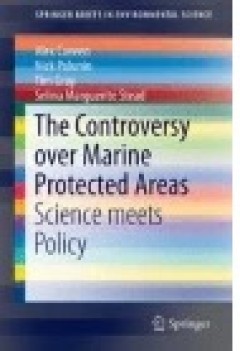
The Controversy over Marine Protected Areas
This book is a critical analysis of the concept of marine protected areas (MPAs) particularly as a tool for marine resource management. It explains the reasons for the extraordinary rise of MPAs to the top of the political agenda for marine policy, and evaluates the scientific credentials for the unprecedented popularity of this management option. The book reveals the role played by two policy …
- Edition
- -
- ISBN/ISSN
- 978-3-319-10957-2
- Collation
- XIX, 162
- Series Title
- SpringerBriefs in Environmental Science
- Call Number
- -
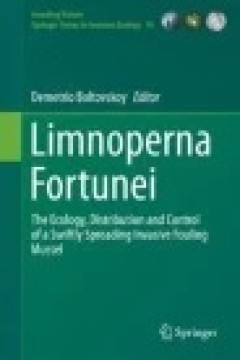
Limnoperna Fortunei: The Ecology, Distribution and Control of a Swiftly Sprea…
This book summarizes all currently available information on the ecology, environmental impacts and control methods of the golden mussel in industrial plants. The golden mussel was introduced in Hong Kong, Taiwan, Japan, and South America between 1965 and 1990, swiftly spreading in freshwater waterbodies. In most areas invaded it has become the dominant macroinverebrate and a major fouling pest …
- Edition
- -
- ISBN/ISSN
- 978-3-319-13494-9
- Collation
- -
- Series Title
- -
- Call Number
- -
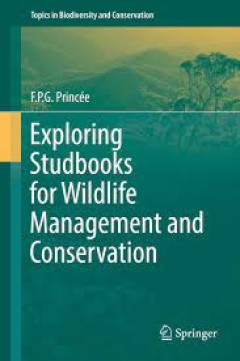
Exploring Studbooks for Wildlife Management and Conservation
Many endangered species of wild animals are managed in captivity through studbooks. In this book these data-rich resources are mined in innovative, integrated and statistically tested ways to maximise information gain for conservation practice – whether for captive or released/reintroduced or managed wild populations. This book is thus an important tool for all species managers, and for stude…
- Edition
- -
- ISBN/ISSN
- 978-3-319-50032-4
- Collation
- 79 b/w illustrations
- Series Title
- -
- Call Number
- -
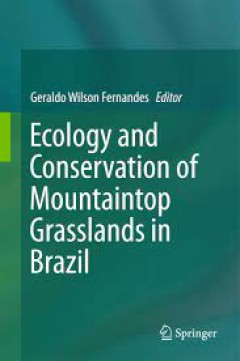
Ecology and Conservation of Mountaintop grasslands in Brazil
This book is a pioneer attempt to bring forward the first synthesis on the most diverse and threatened mountain top vegetation of South America, the rupestrian grasslands. It brings to light the state of the art information on this ecosystem geology, soil formation and distribution, environmental filters that lead to biodiversity, species interactions and their fine tuned adaptations to surviv…
- Edition
- 1
- ISBN/ISSN
- 978-3-319-29807-8
- Collation
- -
- Series Title
- -
- Call Number
- XXIII, 567
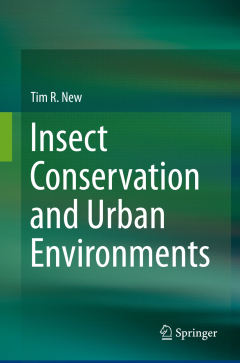
Insect Conservation and Urban Environments
Includes chapters on assessing changes among assemblages and in individual species, the variety of general threats (notably habitat changes and impacts of alien species) and more particularly urban threats. The first global overview and synthesis of the impacts of urbanisation on insects and their relatives and the needs and theoretical and practical background to conserving them in urban envir…
- Edition
- -
- ISBN/ISSN
- 978-3-319-21223-4
- Collation
- XIII, 244
- Series Title
- -
- Call Number
- 590 NEW i
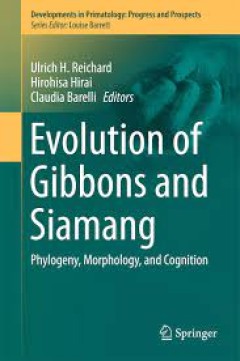
Evolution of Gibbons and Siamang Phylogeny, Morphology, and Cognition
This volume provides insight into gibbon diet and community ecology, the mating system and reproduction, and conservation biology, all topics which represent areas of substantial progress in understanding socio-ecological flexibility and conservation needs of the hylobatid family. This work analyzes hylobatid evolution by synthesizing recent and ongoing studies of molecular phylogeny, morpholog…
- Edition
- -
- ISBN/ISSN
- 978-1-4939-5614-2
- Collation
- 42 b/w illustrations, 18 illustrations in colour
- Series Title
- -
- Call Number
- -

Lampreys: Biology, Conservation and Control: Volume 1
The book provides the most comprehensive review of lamprey biology since Hardisty and Potter’s five-volume “The Biology of Lampreys” published more than 30 years ago. Published in two volumes, it includes contributions from international lamprey experts, reviewing and providing new insights into the evolution, general biology, and management of lampreys worldwide. This first volume offer…
- Edition
- -
- ISBN/ISSN
- 978-94-017-9306-3
- Collation
- -
- Series Title
- -
- Call Number
- -
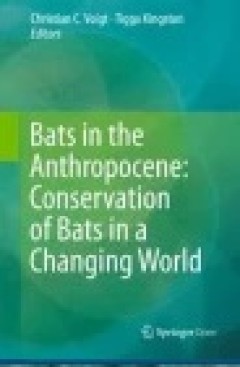
Bats in the Anthropocene: Conservation of Bats in a Changing World
This book focuses on central themes related to the conservation of bats. It details their response to land-use change and management practices, intensified urbanization and roost disturbance and loss. Increasing interactions between humans and bats as a result of hunting, disease relationships, occupation of human dwellings, and conflict over fruit crops are explored in depth. Finally, contribu…
- Edition
- -
- ISBN/ISSN
- 978-3-319-25220-9
- Collation
- Cham
- Series Title
- -
- Call Number
- 639.99
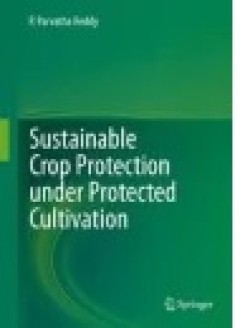
Sustainable Crop Protection under Protected Cultivation
This book focuses on pests (insect and mite) and diseases (fungal, bacterial, viral and nematode) in protected horticulture (fruits, vegetables and ornamentals) using physical, cultural, chemical, biological, host resistance, and integrated methods. It opens with chapters describing the setting in which integrated pest and disease control operates, i.e., the greenhouse and its environment. Subs…
- Edition
- -
- ISBN/ISSN
- 978-981-287-952-3
- Collation
- XXX, 434
- Series Title
- -
- Call Number
- -
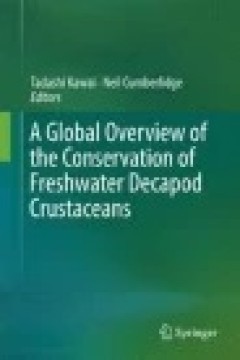
A Global Overview of the Conservation of Freshwater Decapod Crustaceans
This book introduces updated information on conservation issues, providing an overview of what is needed to advance the global conservation of freshwater decapods such as freshwater crabs, crayfish, and shrimps. Biodiversity loss in general is highest in organisms that depend on intact freshwater habitats, because freshwater ecosystems worldwide are suffering intense threats from multiple s…
- Edition
- -
- ISBN/ISSN
- 978-3-319-42527-6
- Collation
- -
- Series Title
- -
- Call Number
- 333.72 GLO g
 Computer Science, Information & General Works
Computer Science, Information & General Works  Philosophy & Psychology
Philosophy & Psychology  Religion
Religion  Social Sciences
Social Sciences  Language
Language  Pure Science
Pure Science  Applied Sciences
Applied Sciences  Art & Recreation
Art & Recreation  Literature
Literature  History & Geography
History & Geography